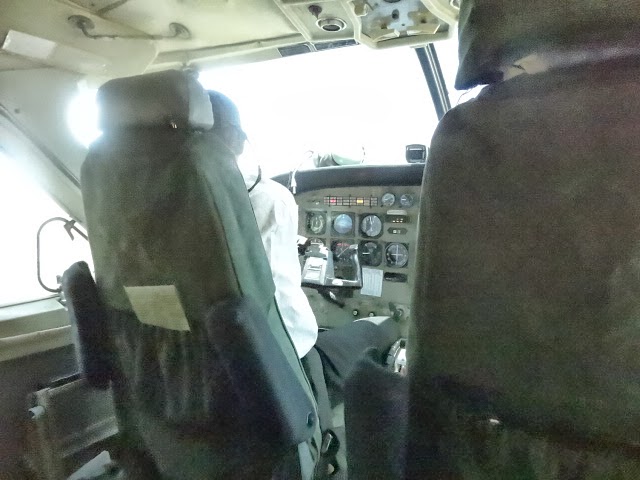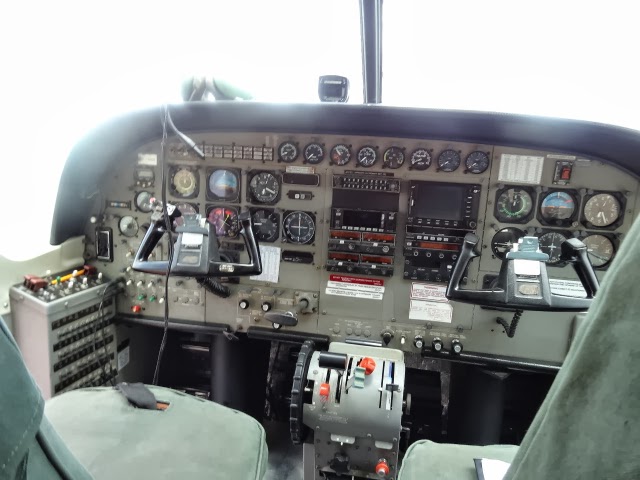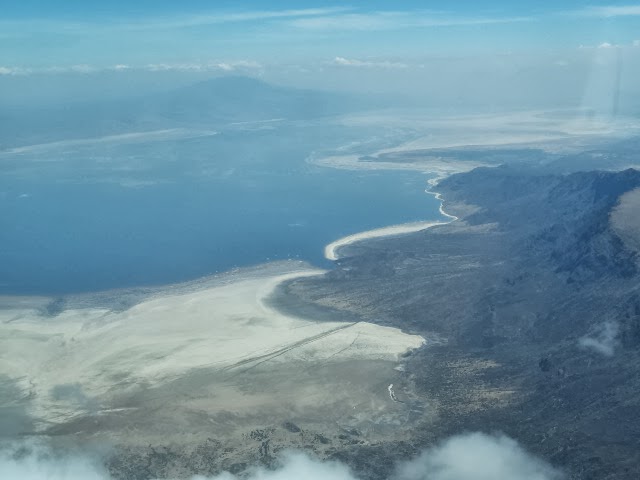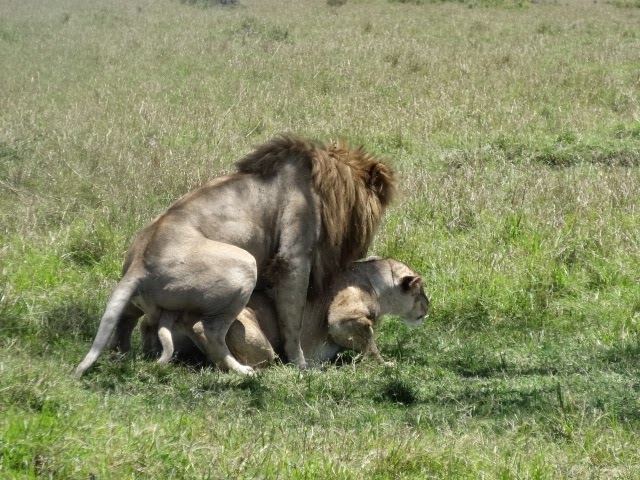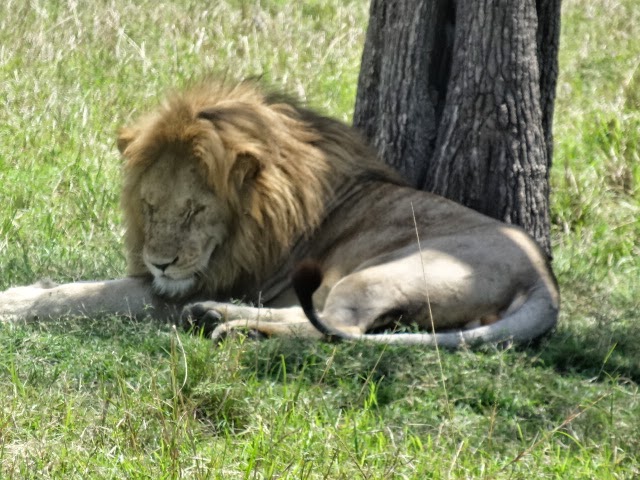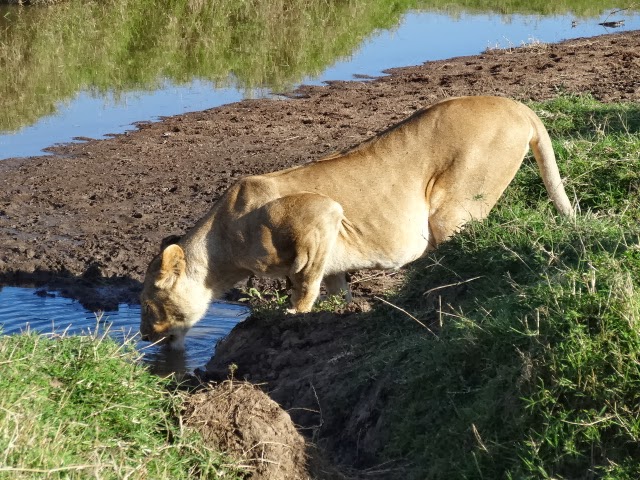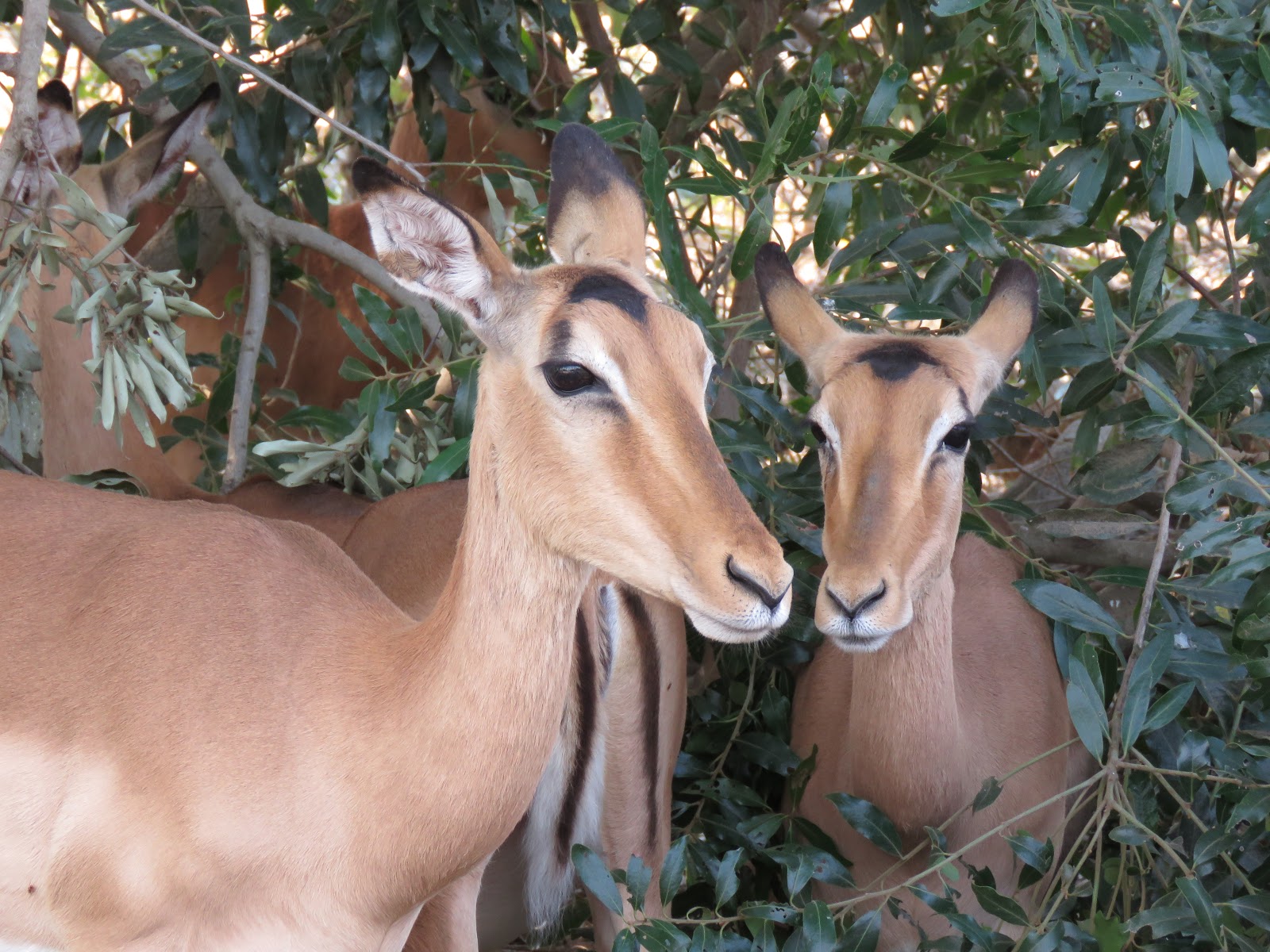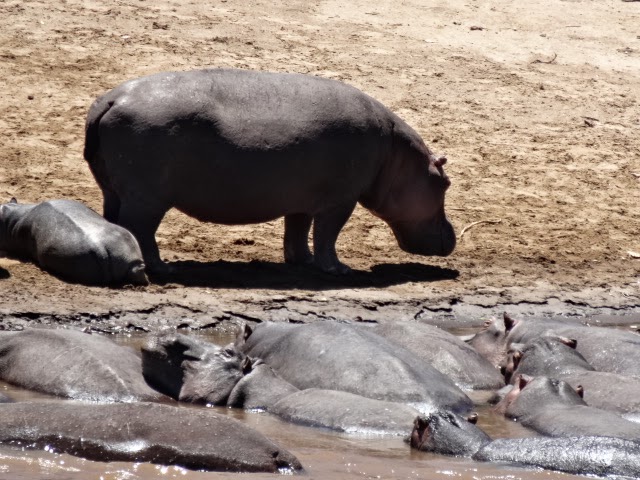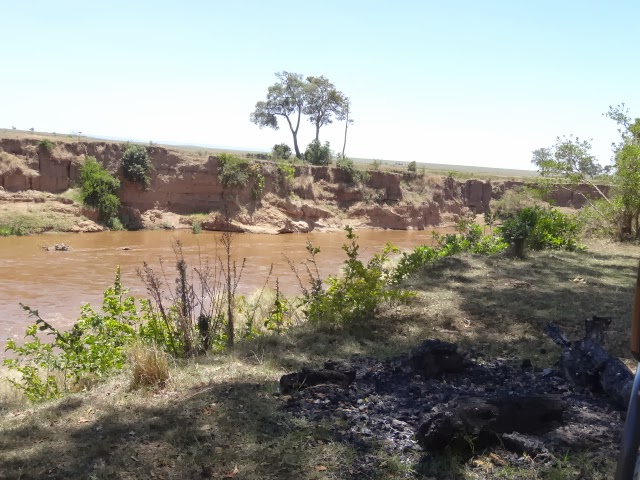
With our 10th travel anniversary fast approaching on October 31, we can help but reminisce over our adventures of the last decade. Of course, some of our best experiences centered around wildlife, nature, and scenery, which always fascinated us the most and continues to do so.
Each day brings a new sighting of one sort or another. Even today, a quiet, cool weather day in the bush leaves us reeling over the simple things. For example, at this moment, seven kudus are in the garden munching on the remnants of yesterday’s lucerne delivery. Moments later, two zebras stopped by, and our boy Norman, as well.

Noah, Norman’s son, has been hanging around the garden for hours, munching on more lucerne and fast-ripening bananas. The animals must love the day before we shop when we clean out any leftover vegetables from the refrigerator and any leftover fruit we purchase for their dining. We don’t eat fruit other than blueberries in homemade keto scones, and as mentioned, Tom likes bananas.
Typical for the bush, with the heat and humidity, produce doesn’t seem to last long, even in the refrigerator, making it a treat for the visiting wildlife before it spoils. We don’t feed them rotted or spoiled food. Who would?

As I’ve continued to recover, albeit slowly, the past few days, I’ve had ample quiet time to reflect on the past decade, only to realize that we haven’t changed much since we started on October 31, 2012. Sure, we are more easy-going and adaptable, less inclined to complain about inconveniences and disturbances, but overall, we appreciate little nuances in our daily lives.
A good night’s sleep, a delicious meal, a pleasant evening together or with friends, feeling well, and an exciting sighting are all that is required to up our happiness level another notch. Even during the last six months, when I have suffered from an awful post-Covid headache and facial pain, we’ve had countless wonderful experiences. I’ve made every effort to avoid my situation from postponing joy.
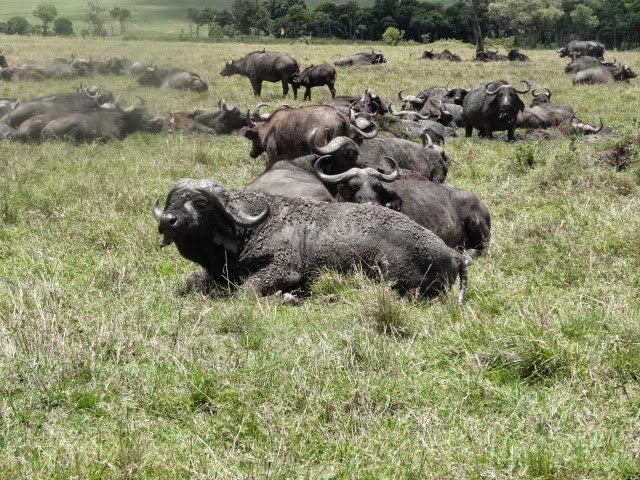
As I’m getting better each day, based on the drug cocktail Doc Theo put together for me, which is working after almost a week, I am hopeful for the future. After six months of feeling awful, is it possible that we’ll be able to fly to Seychelles for the island cruise on a 40-passenger yacht , and I’ll feel great during the experience? I certainly hope so.
I have one month to work on building my strength after spending half of each day resting, often lying in bed after I’m done with the post. It was impossible to exercise with that much pain in my head and face. My legs are weak and will require lots of walking to return to a suitable level of strength.

As soon as I am off these meds and feel better, I will begin walking again. It’s been a Catch-22, taking antibiotics and Prednisone, which causes side effects while healing the chronic sinus infection I seemed to have had all these months since we got Covid-19 on April 20th.
Today, at 4:30 pm, 1630 hrs., we’re meeting a new couple for dinner at Amazing Kruger View, who came to Marloth Park after reading our posts. Once again, meeting more of our readers will be a pleasure. Tomorrow, with their permission, we’ll post photos of our new friends and share some details of their travel adventures.
Have a fantastic day wherever you may be!
Photo from one year ago today, October 20, 2021:











